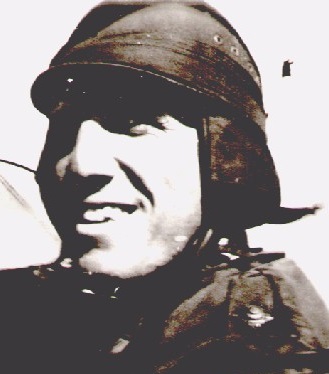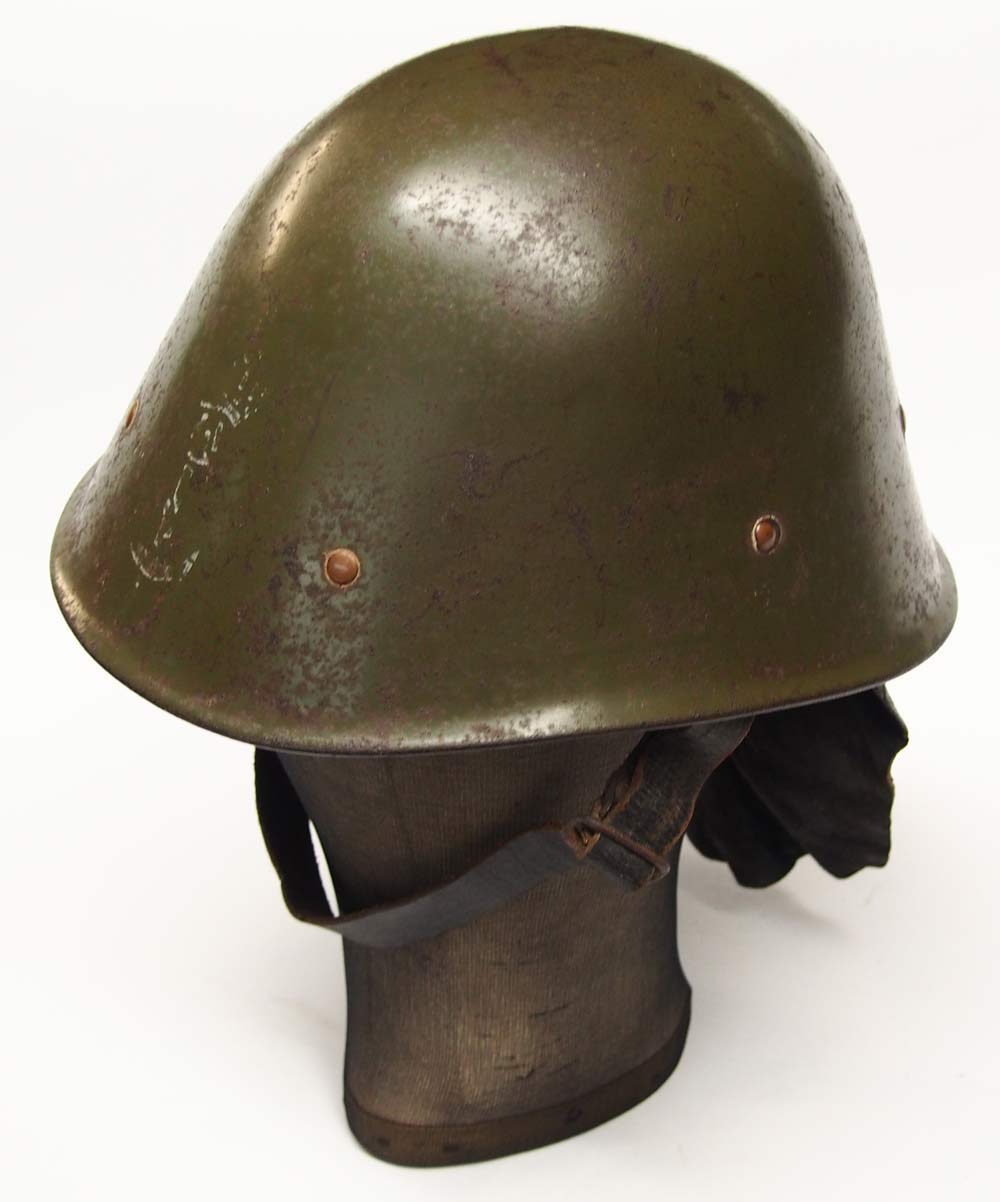 Figure 1. August 1918. The earliest close-up image found of the ‘Cork Aviation Helmet’, taken at the Royal Flying Corps/Royal Air Force, Flying School, Ismailia, Egypt, worn by Second Lieutenant Spaulding. This is the RFC 1917 Pattern, ‘Helmet, Cork Aviation’, externally the main shell is near identical to later versions, with puggaree, four side vents and a typical ‘sun helmet’ ventilation gap between the headband and shell. The outer covering at this time was made-up of four segments of cloth, a front and side seam can just be made out. A large rear brim can be seen shading the neck; however it has a very narrow and thin front peak, at this time these peaks were not part of the cork shell but were attached to the canvas cover. Soon, at least by mid-1919, the design was ‘revised’, adding a complete brim and extending the front peak slightly to help shade the face. After a 1926-27 review the liner and earflap fixings were also modified; it stayed in that configuration up to 1942. The ear-pockets can be seen to be holding large diameter gosport tube earpieces. (Image, see here). Continue reading
Figure 1. August 1918. The earliest close-up image found of the ‘Cork Aviation Helmet’, taken at the Royal Flying Corps/Royal Air Force, Flying School, Ismailia, Egypt, worn by Second Lieutenant Spaulding. This is the RFC 1917 Pattern, ‘Helmet, Cork Aviation’, externally the main shell is near identical to later versions, with puggaree, four side vents and a typical ‘sun helmet’ ventilation gap between the headband and shell. The outer covering at this time was made-up of four segments of cloth, a front and side seam can just be made out. A large rear brim can be seen shading the neck; however it has a very narrow and thin front peak, at this time these peaks were not part of the cork shell but were attached to the canvas cover. Soon, at least by mid-1919, the design was ‘revised’, adding a complete brim and extending the front peak slightly to help shade the face. After a 1926-27 review the liner and earflap fixings were also modified; it stayed in that configuration up to 1942. The ear-pockets can be seen to be holding large diameter gosport tube earpieces. (Image, see here). Continue reading
Category Archives: Netherlands
The “Steel” Tropical Helmet of the KNIL
 One of the more “unique” tropical helmets of the 20th century was the variation of the Dutch Model 1927 steel helmet. While many steel combat helmets were used in tropical regions during the Second World War, most were the basic helmet simply worn in that theater of operations.
One of the more “unique” tropical helmets of the 20th century was the variation of the Dutch Model 1927 steel helmet. While many steel combat helmets were used in tropical regions during the Second World War, most were the basic helmet simply worn in that theater of operations.
However, the steel combat helmets used by the Royal Netherlands East Indies Army or Koninklijk Nederlands Indisch Leger (KNIL) were actually developed and produced specifically for use by that military force. Instead of issuing the KNIL with the newly adopted Model 1927 helmet, which was used by the Dutch military in the Netherlands the Dutch Minister of War called the development of a modified version.
